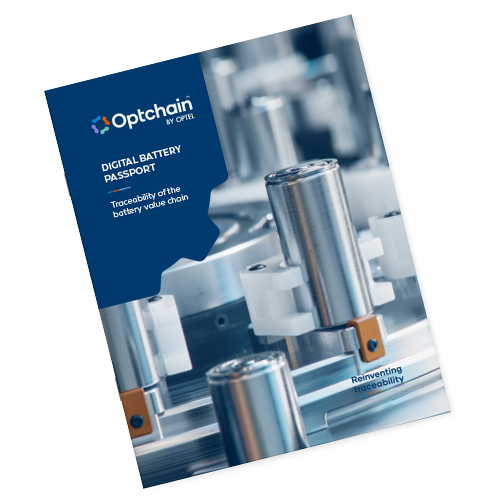Perhaps the strongest and more short-term solution comes from government policymakers, investors, industry leaders, and consumers, which are pressuring mining explorers and developers as well as battery and EV manufacturing companies to provide a complete battery history—also known as a digital passport. This passport would include detailed information on where each EV battery is made, the origin of its components and materials, etc.
The goal is to leverage this digital passport to require industry players to adhere to national and international regulations in order to achieve official sustainability goals, obtain permits and government grants, access key markets, and safeguard their brand equity.
Global policies are aligned along the same vein.
For example, the European Commission is pushing for new legislation for a digital battery passport, which, among other things, will provide complete end-to-end traceability of every single EV battery on the market—including the materials used to make each one—by 2026. This framework for battery regulation is viewed as a positive step forward to make mining more sustainable for the EV industry.
During a 2020 annual meeting of the World Economic Forum, 42 major organizations from the mining, chemicals, energy, and automotive sectors around the world agreed on 10 guiding principles, outlined by the Global Battery Alliance (GBA), to develop a more sustainable battery value chain by 2030. And this more sustainable value chain starts with a global Battery Passport platform.
The GBA’s Battery Passport, developed in conjunction with organizations along the complete battery value chain, will initiate a digital ID for an EV battery that is comprised of comprehensive information on its origins, manufacturing history, and ESG performance.
The Battery Passport will also require that digitals systems within the entire value chain be interconnected to collect, aggregate, share, report, and analyze data that will, in turn, be used to inform policymakers, governments, NGOs, and consumers as well as enable mining companies and manufacturers to develop performance benchmarks and hit their ESG targets.
Providing end-to-end visibility and transparency is truly the first step to achieving more responsible, sustainable, and ethically sourced EV batteries minerals. It is important to note that a battery passport also offers many other advantages, including how to extend the battery’s life as well as the most appropriate means for recycling or safe disposal.
Stay tuned for the second article in our series!







